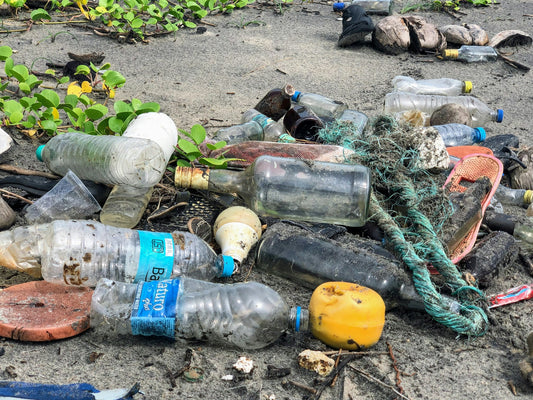Share
Introduction: The Sting in the Tail
Imagine a plot twist akin to Alfred Hitchcock's movie "Psycho". Our well-intentioned acts of planting wildflowers in urban spaces to attract bees, might be unwittingly serving them a deadly cocktail of toxic metals, thanks to contaminated soil. Now, that's what you call taking “Killer Queen” to a whole new level. Who needs crime thrillers when you have environmental news like this?
And the Plot Thickens:
A recent study by the University of Cambridge researchers found that wildflowers – those heroes of urban biodiversity, attracting innocent pollinators with their vibrant aesthetics – may be absorbing arsenic, cadmium, chromium and lead from contaminated soils in urban locales. Not the titillating nectar-filled banquet these busy bees hoped for after navigating the concrete jungle. And the flowers we thought were giving Mother Nature a helping hand? They're essentially slinging shots of ruined health at our buzzing buddies.
Urban Gardens: Not as Innocent as They Seem
Urban soil carrying this nasty cargo is often found on land previously used for industrial purposes, buildings, and factories, where pollutants have pervasively permeated the ground. The research was conducted in Cleveland, Ohio, a post-industrial city with an ample buffet of vacant lots left behind by the slow exodus of humans from industry-tied areas.
Different Flowers, Different Toxins
Lead was the constant villain in the plot, found in highest concentrations in the plant nectar. However, different species collected a varying toxic cocktail. The villains of the piece? The bright blue-flowered chicory plant topped the list with the highest total metal concentration, followed by white clover, wild carrot, and bindweed.
Hello Remediation, Goodbye Ignorance
Our dystopian flowerbed tale doesn’t have to end in a demise, though. The researchers highlight the importance of first testing for, and cleaning up, contaminants in urban locales before any flowers take root. This may finally allow our urban wildflowers to be the pollinator-friendly pals they were meant to be, instead of silent killers.
This Ain’t No Garden Party, Honey
This revelation drives home one critical message: when it comes to ensuring ecological health in our urban spaces, we need to look beneath the surface, literally. Instead of only focusing on increasing vegetation, maybe we need to first dig deeper into the history soaked into the grounds of the places we inhabit. Time to tread carefully, because in the end, we, like the bees, are all part of this ecosystem. And who knows what other surprises lie beneath our feet?
We hope you enjoyed this article. Please feel free to leave a comment below if you want to engage in the discussion.
If you want to read more like this, make sure to check out our Blog and follow us on Instagram. If you are interested in truly sustainable products, check out our Shop.
Check out the original source here.








